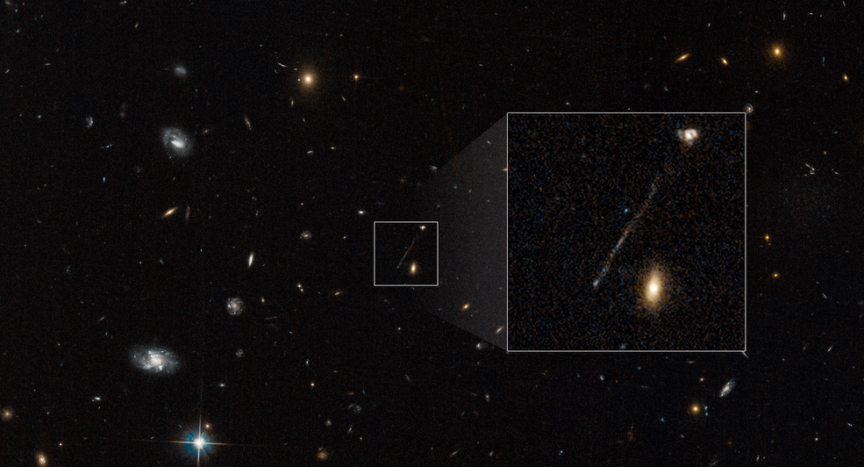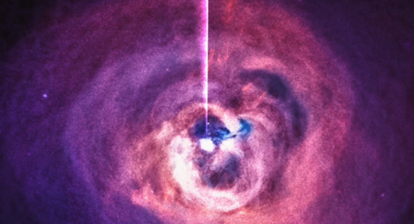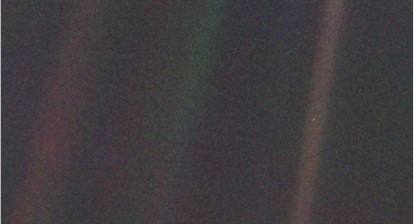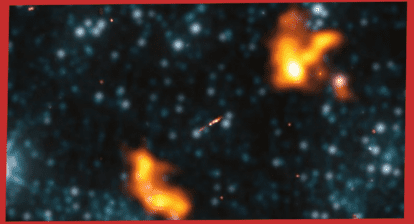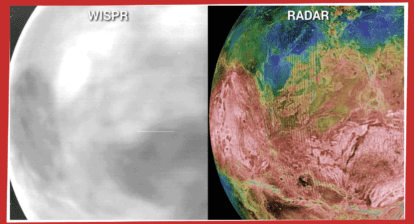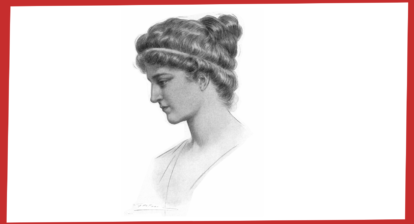According to NASA: “The black hole lies at one end of the column, which stretches back to its parent galaxy. There is a remarkably bright knot of ionized oxygen at the outermost tip of the column. Researchers believe gas is probably being shocked and heated from the motion of the black hole hitting the gas, or it could be radiation from an accretion disk around the black hole.”
“Gas in front of it gets shocked because of this supersonic, very high-velocity impact of the black hole moving through the gas. How it works exactly is not really known,” said van Dokkum.
“This is pure serendipity that we stumbled across it,” van Dokkum added. He was looking for globular star clusters in a nearby dwarf galaxy. “I was just scanning through the Hubble image and then I noticed that we have a little streak. I immediately thought, ‘oh, a cosmic ray hitting the camera detector and causing a linear imaging artifact.’ When we eliminated cosmic rays we realized it was still there. It didn’t look like anything we’ve seen before.”
The researchers decided to do follow-up spectrocopy with the W. M. Keck Observatories in Hawaii because the black hole seemed to strange and van Dokkum describes the star trail as “quite astonishing, very, very bright and very unusual.” These observations led him to conclude that he was looking at the aftermath of a black hole flying through a halo of gas surrounding the host galaxy.
It is most likely the aftermath of multiple collisions of supermassive black holes. It is possible that the first two galaxies merged around 50 million years ago and brought together two supermassive black holes at their centres, which then whirled around each other as a binary black hole. The another galaxy approached with its own supermassive black hole, which caused a “chaotic and unstable configuration”.
According to NASA:
“One of the black holes robbed momentum from the other two black holes and got thrown out of the host galaxy. The original binary may have remained intact, or the new interloper black hole may have replaced one of the two that were in the original binary, and kicked out the previous companion. When the single black hole took off in one direction, the binary black holes shot off in the opposite direction. There is a feature seen on the opposite side of the host galaxy that might be the runaway binary black hole. Circumstantial evidence for this is that there is no sign of an active black hole remaining at the galaxy’s core. The next step is to do follow-up observations with NASA’s James Webb Space Telescope and the Chandra X-ray Observatory to confirm the black hole explanation.”
